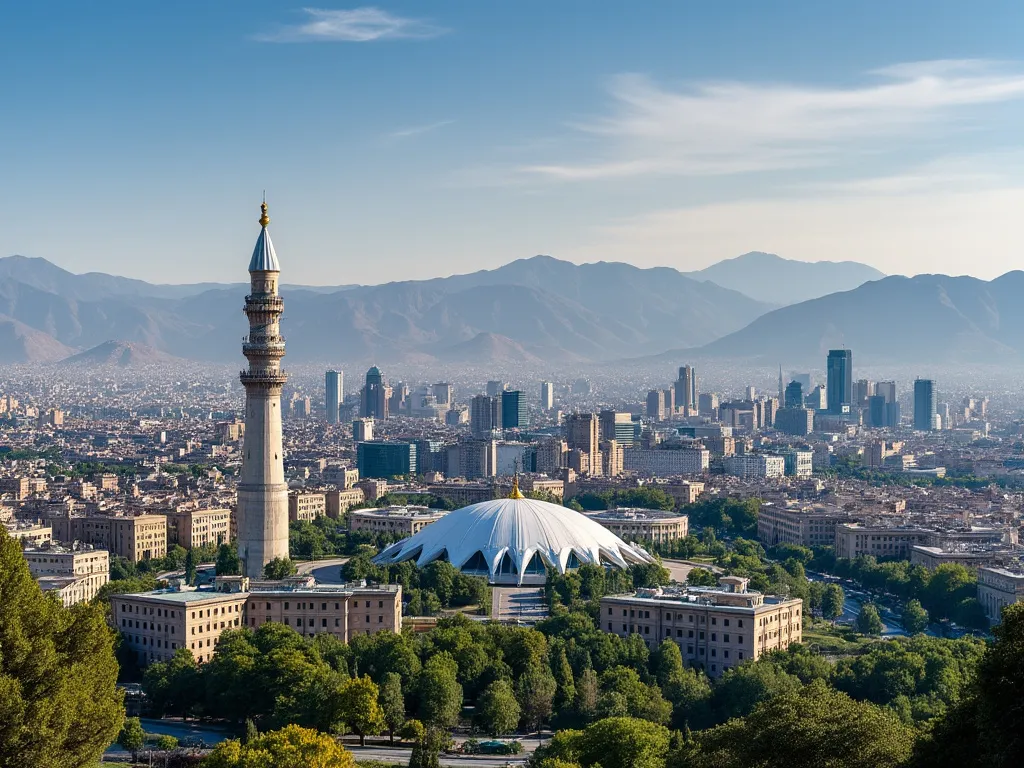
Tehran, the capital and largest city of Iran, is a bustling metropolis nestled in the Alborz Mountains. With a rich history dating back to the 9th century, Tehran has evolved from a small village to a vibrant city, embracing modernity while preserving its cultural heritage.
Tehran information
| Country | 🇮🇷 Iran |
| Population | 8,693,705 (2020 estimate) |
| Coordinates | 35.6892° N, 51.3890° E |
| Area | 707 km² (273 sq mi) |
| Climate | Hot-summer humid continental climate (Köppen climate classification: Dsa) |
| Language | Persian (official), Azerbaijani, Kurdish, Luri, Mazandarani, Gilaki, and others |
| Currency | Rial (IRR) |
| Time zone | IRST (UTC+3:30) |
| Proximity to other major cities | 1,400 km (870 mi) east of Baghdad, Iraq; 1,000 km (620 mi) north of Riyadh, Saudi Arabia; 850 km (530 mi) west of Kabul, Afghanistan |
Interesting facts about Tehran
- Tehran is home to the world's longest pedestrian overpass, the Tabiat Bridge.
- The city has a unique transportation system, with a network of buses, taxis, and a metro system.
- Tehran is known for its delicious cuisine, which includes popular dishes such as kebabs, stews, and rice.
- The city is home to the Azadi Tower, an iconic monument that symbolizes Iran's independence.
Tourist attractions in Tehran
- Golestan Palace
- Tehran Museum of Contemporary Art
- Grand Bazaar
- Tabiat Bridge
- Azadi Tower
- National Museum of Iran
Historical background of Tehran
Tehran's history is marked by the reign of the Qajar dynasty, who declared the city as the capital in 1795. The city flourished under the rule of Naser al-Din Shah Qajar, who modernized Tehran's infrastructure and introduced European-style architecture. Tehran played a significant role in the Constitutional Revolution of 1906, which led to the establishment of a constitutional monarchy. The city suffered significant damage during World War II and the Iran-Iraq War but has since undergone extensive reconstruction and modernization efforts.
Geographical location of Tehran
Tehran is situated in the northern part of Iran, near the southern slopes of the Alborz Mountains. The city's unique geography has created a diverse climate, with cold winters and hot summers. Tehran's terrain is characterized by mountains, hills, and plains, with the city's highest point being the Tochal Peak, which rises to 3,933 meters (12,904 ft) above sea level.
Cultural significance of Tehran
Tehran is a cultural hub, boasting numerous museums, art galleries, and performance centers. The city is home to the Golestan Palace, a UNESCO World Heritage Site, and the Tehran Museum of Contemporary Art, which features an impressive collection of modern and contemporary art. Tehran is also known for its vibrant bazaars, such as the Grand Bazaar, where visitors can find traditional Persian handicrafts, carpets, and souvenirs.
Economic importance of Tehran
Tehran is the economic center of Iran, accounting for a significant portion of the country's GDP. The city is a major hub for industries such as textiles, food processing, and automotive manufacturing. Tehran is also a significant center for finance and commerce, with the Tehran Stock Exchange being one of the largest stock exchanges in the region.
Conclusion on Tehran
Tehran is a fascinating city that offers a unique blend of history, culture, and modernity. As the capital of Iran, Tehran plays a significant role in the country's economy, politics, and culture. Whether you're interested in history, art, or cuisine, Tehran has something to offer for every kind of traveler.
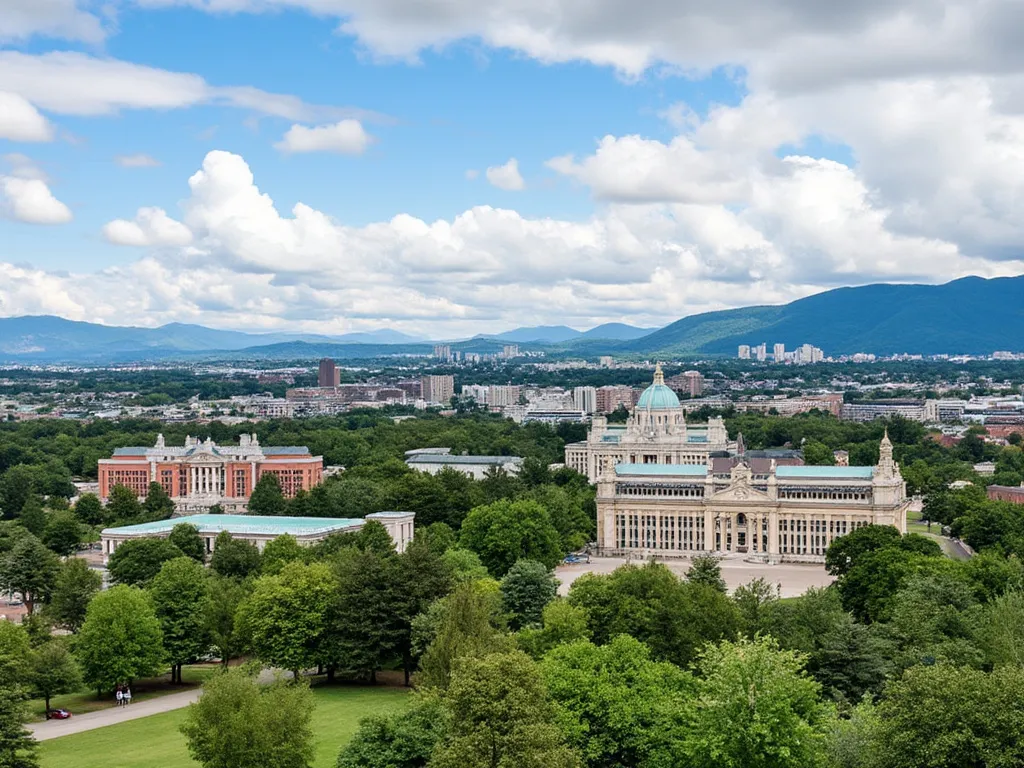 The Valley
The Valley
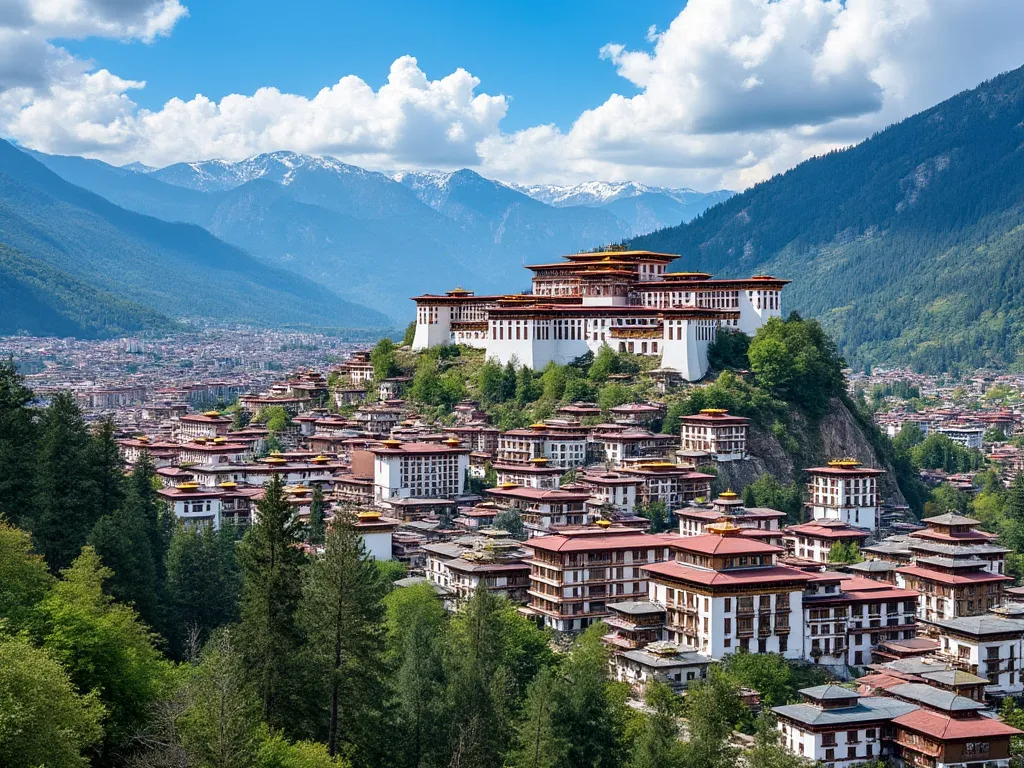 Thimphu
Thimphu
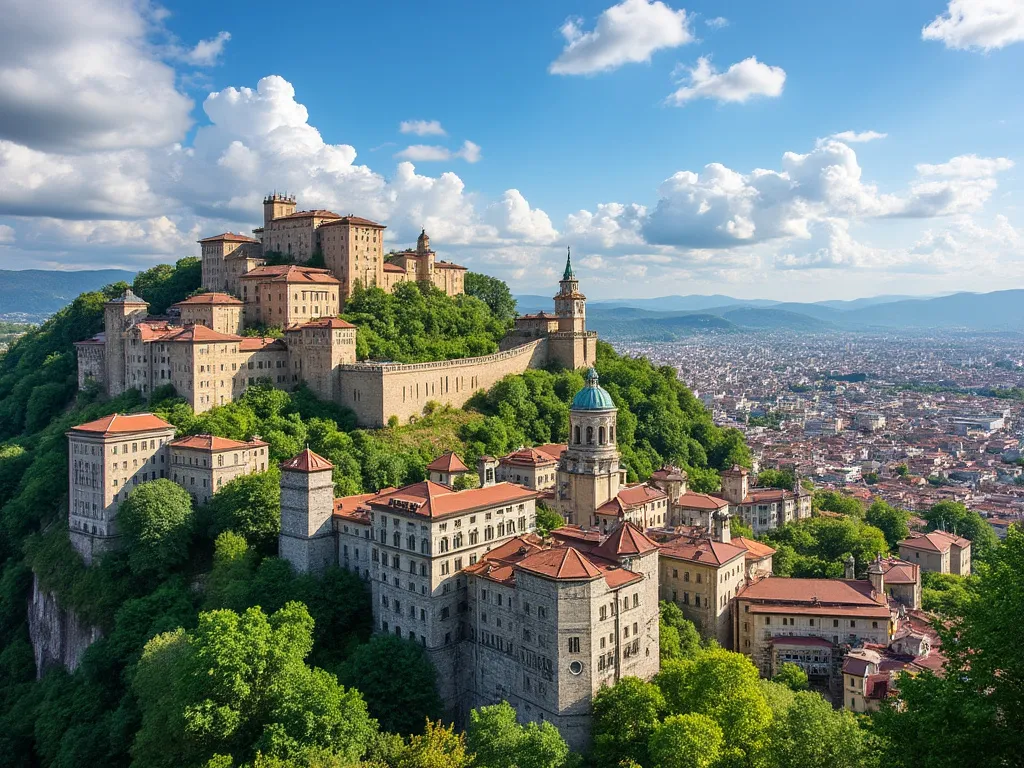 Tbilisi
Tbilisi
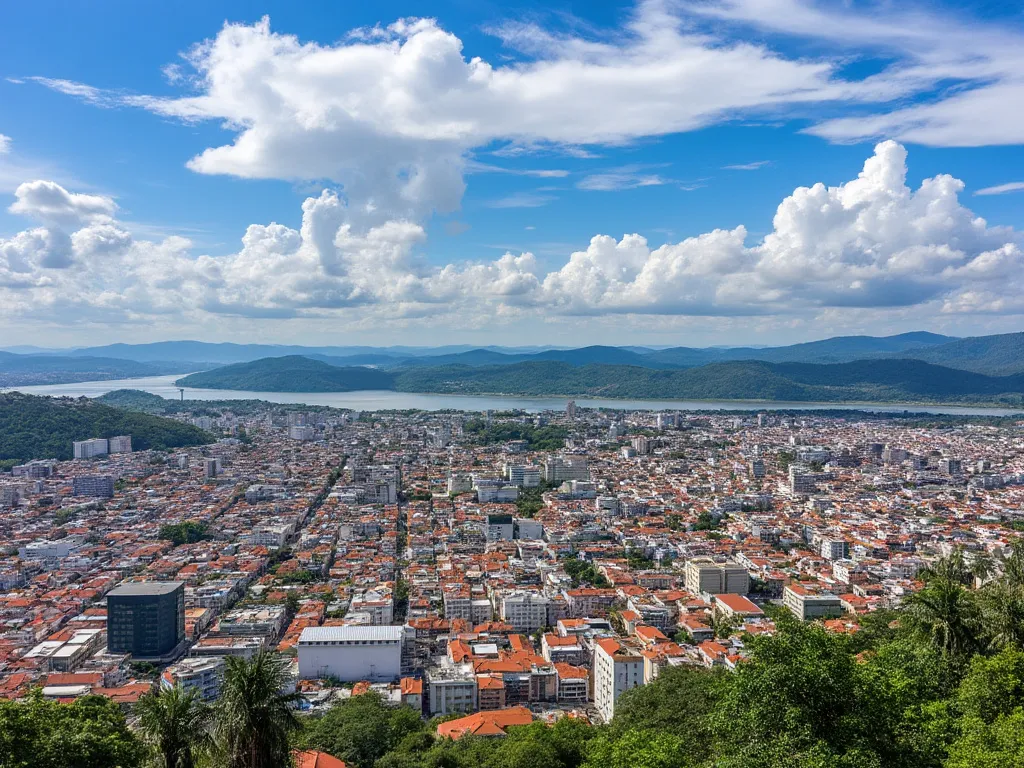 Tegucigalpa
Tegucigalpa